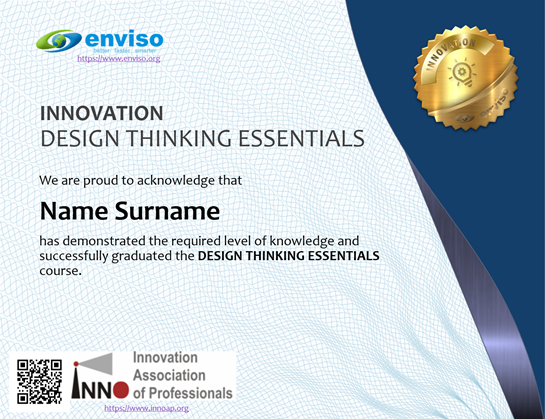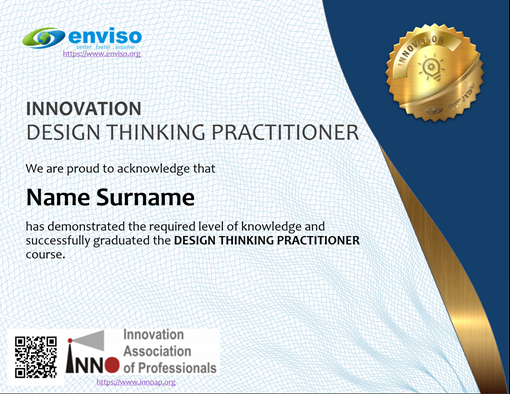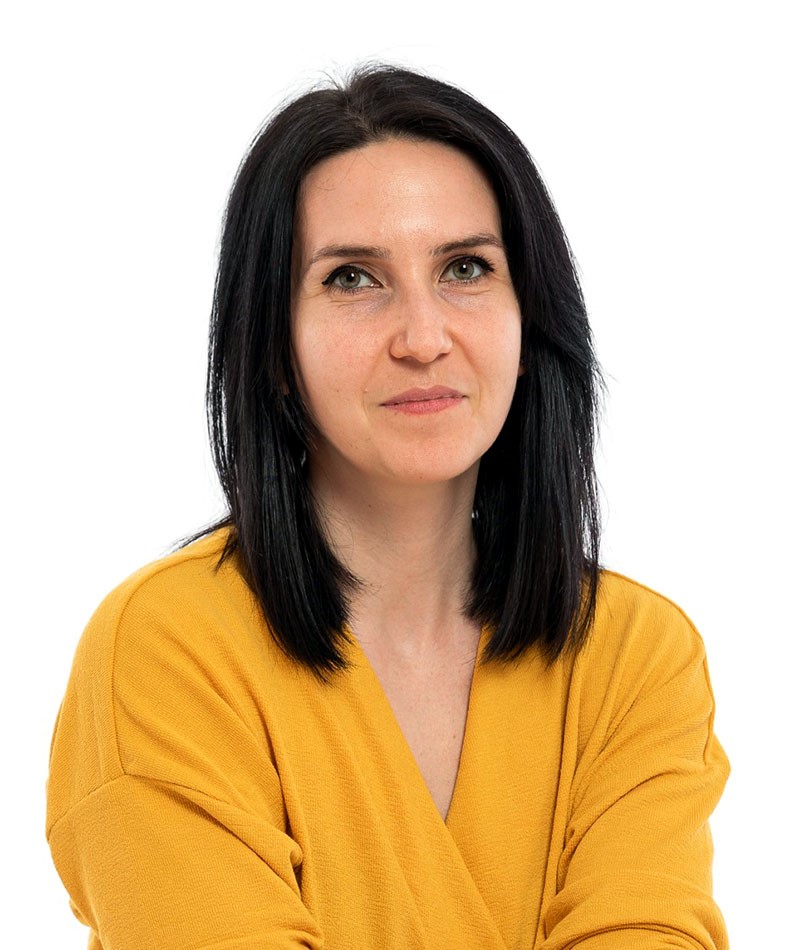DESIGN THINKING

Design Thinking is a powerful 5 steps methodology that provides a solution-based approach to solving problems, is a step-by-step process that is repeated over multiple iterations. us.
We propose an immersive program providing the opportunity to learn and apply the concept of “design thinking” — a human-centered, prototype-driven process for innovation that can be applied to product, service, and business design.
After following this 2 steps program, you will be able to:
•Acquire a deep understanding of the Design Thinking principles, process and tools
•Apply the Design Thinking methodology and tools to generate breakthrough ideas and co-create an improved customer experience journey
•Improve personal effectiveness by becoming a more empathetic service provider
Understanding the five stages of Design Thinking will empower anyone to apply the Design Thinking methods in order to solve complex problems that occur around.
Goals and benefits:
*Understanding and application of Design Thinking principles and tools
*Achieve better customer satisfaction and improved operational effectiveness and efficiency
* Improve communication and teamwork through a common set of tools and techniques (a
disciplined, repeatable methodology)
*Develop innovative leaders to meet stretch goals of producing better services delivered faster and at lower cost
Our vision on Behavioral Change:
*The Enviso Design Thinking program will help the participants to:
*Think Differently
*Work Differently
*Ask Questions and Challenge the Status Quo
*Make Decisions With Facts and Data
*Use New Principles, Tools and Methodologies
*Create momentum for change
*Communicate, communicate, communicate
*Repeatedly execute and assess
*Develop necessary skill to obtain the desired future state at all levels of the organization

1. Design Thinking Essentials

Course overview:
The course covers basic theoretical concepts approach (40% of the course time) and simulations for the practical application of the tools learned (60% of the course time):
Key concepts & principles of Design Thinking
Identify your design research objectives
Understand problems from the customer’s perspective
Guide groups to effectively brainstorm innovative ideas
5 Action phases of Design Thinking (Empathize, Define, Ideate, Prototype, Test)
Characteristics of the Design Action Plan
Plan and conduct effective design research, including user interviews
Make and use a storyboard to communicate your design ideas
Make a plan to iterate your idea forward
Apply immersive technique to adopt your users’ perspectives.
Synthesize what you learn into an actionable insight.
Level – Fundamentals
Length – 2 days training including 2 hours international certification test
Who can attend– Top, middle management, products, services, processes designers.
Course materials and examination are in English
Benefits:
Understand the techniques required for successfully leading a design thinking project
Identify and solve basic business problems using the Design Thinking methodology
Develop organizational capacities for innovation
Get better products / services
Gain a practical understanding of the design thinking approach
Curriculum:
1.What is Design Thinking
1.1 Learn the Design Thinking Framework
2.Choose your challenge
2.1 Who are we solving the problem for?
2.2 Understanding users
2.3 What’s the impact of user research? Reflect on the value of user research
3. Practice Observing
3.1. How to identify your research objectives
3.2 Decide who to interview (Activity: Identify your interview subjects)
3.3 Ask the right questions (Activity: Build your list of interview questions)
3.4 Create your interview guide (Activity: Create your interview guide)
4. Interviewing
4.1How to perform interviews
4.2 Perform your first interview (Activity: Perform the rest of your interviews)
5. Understand / Identify your findings
5.1 Create your proto-persona (Activity: Create your proto-persona)
6. Empathy
6.1 Get beyond your assumptions
6.2 Emotional triggers and sharing emotional experiences ( Activity: Immersive empathy)
7. Insights
7.1 Take what you’ve learned—through observation, interviewing, and immersing in empathy—and turn it into compelling insights that you’ll share with group. (Activity: Capturing, Connecting, Crafting, Storytelling)
8. Test and Final Project Assignment – Sharing Insights
2. Design Thinking Practitioner

The course covers advanced theoretical concepts approach (40% of the course time) and simulations for the practical application of the tools learned (60% of the course time):
Advanced tools of Design Thinking
Applying the framework of Design Thinking to solve problems more creatively
Leading Design Thinking in your organization
Practice Rapid prototyping
Solve complex challenges using design thinking methods.
Learn how to move your idea forward through multiple rounds of
ideation and prototyping.
Apply the design thinking framework
Create prototypes to test your idea early, before making a big investment of time and money
Level – Advanced
Length – 2 days training including 2 hours international certification test
Who can attend– Top, middle management, products, services, processes designers.
Course materials and examination are in English
Benefits:
At the end of this program you will be able to:
Understand the advanced techniques required for successfully leading a design thinking project
Identify and solve complex business problems
Lead organizational capacities for innovation
Launch better products / services
Gain an advanced understanding of the design thinking approach
Curriculum:
1.What is Design Thinking (recap and exercises)
1.1 Learn the Design Thinking Framework and Design Thinking Practitioner Toolbox
2. Three Lenses of Design Thinking
2.1 Desirability, Feasibility, Viability (Activity)
3. Ideate, Prototype, and Iterate Your Way Forward
3.1. Ideate – Generating Ideas (Activity)
3.2 Prototype – How to build it rapidly (Activity)
3.3 Iterate – Refine ideas and move forward (Activity)
4. Choose your challenge
5. The Science of Ideating
5.1What id Ideation?
5.2 Tools, Mindset, Methods (Activity)
5.3 Working within constraints
5.4 Brainstorm (Activity)
6. Converging ideas
5.1 Convergent thinking (Activity)
7. Rapid Prototyping
7.1 Types of prototypes
7.2 Three steps for prototyping (activity)
8. Iterating
8.1 Trial and Error
8.2 Steps for iteration
8. Test and Final Project Assignment – Sharing Insights
Mentoring
Once Design Thinking projects development is initiated, same people often find it difficult either to:
– Maintain interest after some time has elapsed and there are new projects that take their focus or
– Feel lost in the toolbox, being unable to choose the right Design Thinking tool to solve a given problem
This is a completely natural process, and you participants often experience trough tasks. We overcome these situations by offering you 10 hours per each project (5 sessions, 2 hours each)
During these sessions we analyze what has been done for each project phase, we identify showstoppers, we plan next steps in order to keep the Design Thinking projects on track till completion.

Registration and details:
alexandra.niculae@enviso.org
+44 208 068 0811
